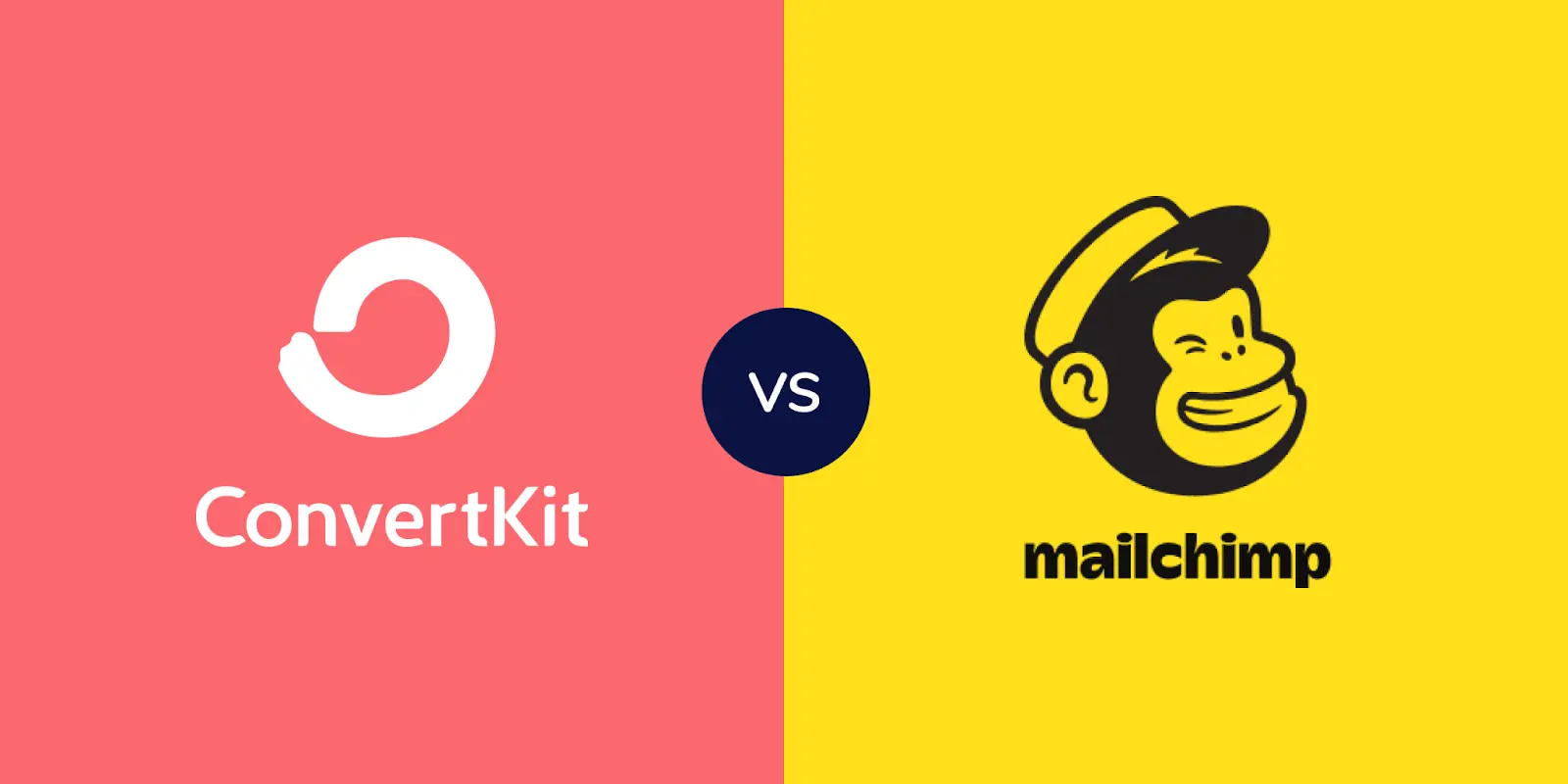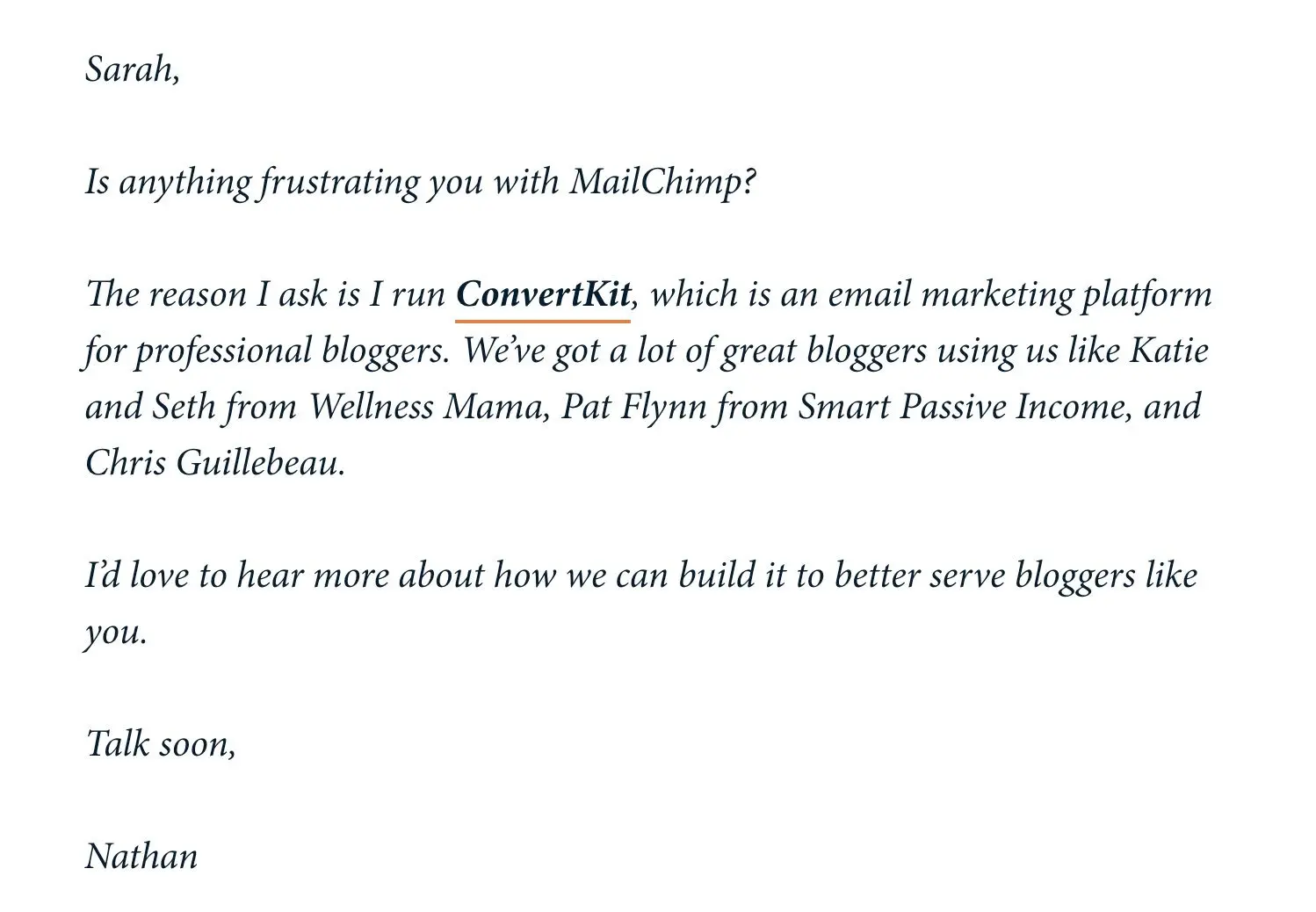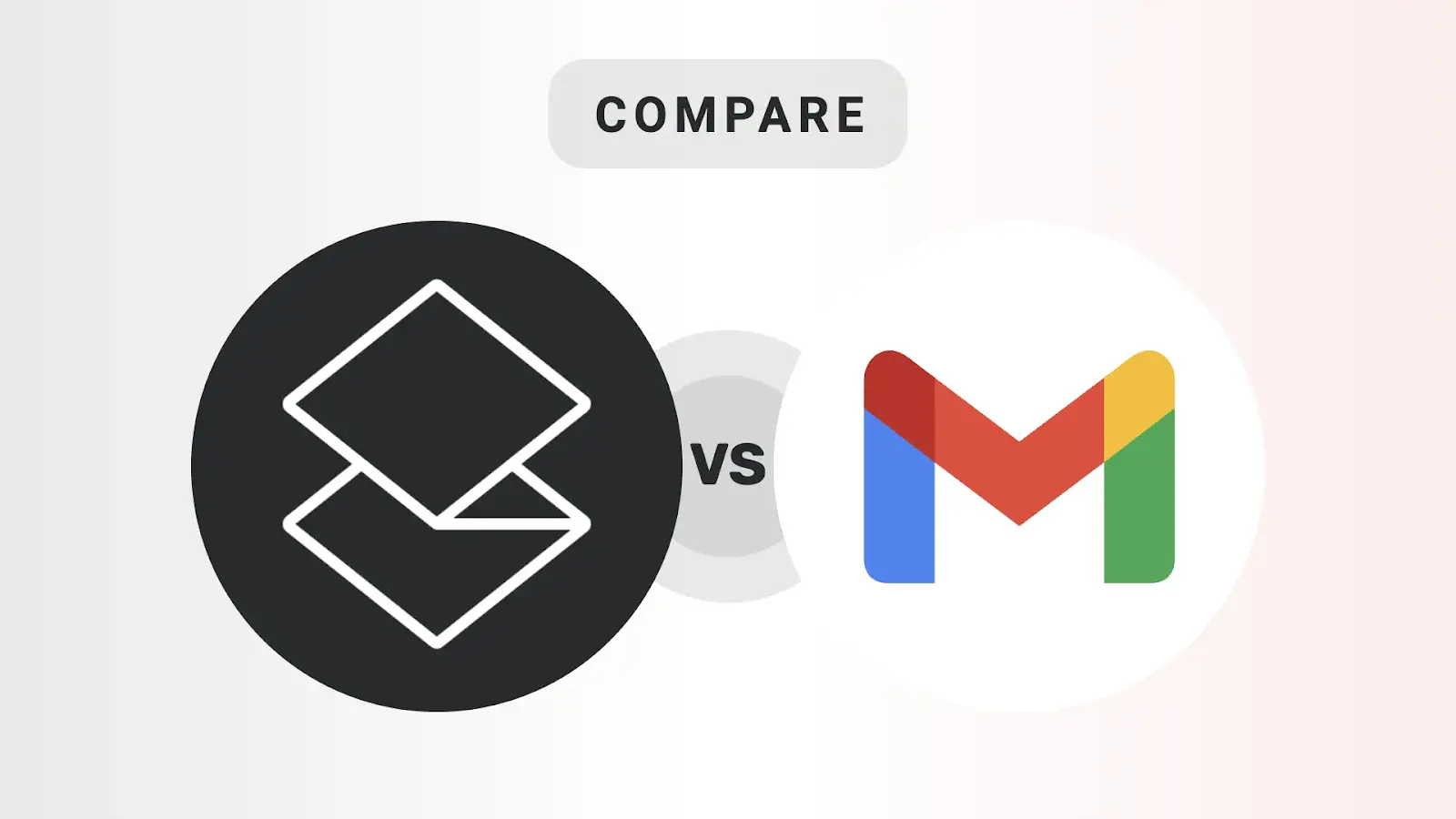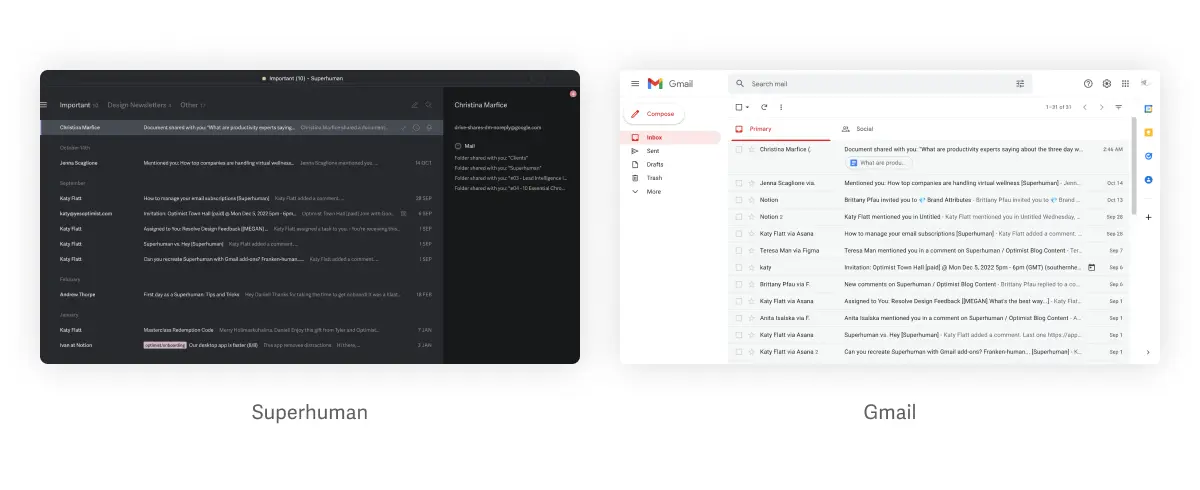Incumbents have hordes of employees, thousands of loyal customers and trusted brands built over decades. Startups have a few ambitious people and a couple of laptops.
On paper, startups should never win. In practice, new entrants with less experience, less money and fewer people often win. AWS disrupted Oracle, Slack disrupted internal email, Command AI will disrupt digital adoption, the list goes on.
But we also know most startups fail. That's because many disruption strategies don't work. I researched three that do - and how you can replicate them to disrupt your market.
In this post, I’ll show you how three startups—Superhuman, ConvertKit, and Attio, found their unique way to break into markets dominated by industry giants.
By the end of this post, you’ll know how to disrupt even the most competitive markets.
Let’s dive in, shall we?
How Attio leveraged a better product experience to compete in the crowded CRM space
Attio is the textbook example of using new technology & focusing on an enhanced UX to wedge into a market dominated by an incumbent.

CRMs are a crowded category, mainly because the opportunity is lucrative: CRMs directly make customers money (meaning you can charge a lot) and have high switching costs (meaning customers stick around).
But the same properties that make it lucrative also make it hard to enter. That's why Attio's $1m ARR and $31m in funding are extra impressive.
Attio is a next-gen CRM that markets itself as "a CRM created to be your own.". Copy like "Tweak anything and everything to ensure Attio fits your business, not the other way around." shows that Attio is counter-positioned to CRM incumbents.
If you've used an older CRM before, you know the tech could be so clunky and the UX so complicated you needed external consultants to come in & get things up and running, which would add to the complexity.
And whenever users of a tool are frustrated, it creates an opportunity for a startup to disrupt the market. In the case of a CRM, users wanted an easier solution to get started without compromising on the flexibility of big CRMs. That's what Attio built.
With Attio, you feel a breath of fresh air – the sleek modern UI feels seamless yet powerful. You could set up a brand new CRM in seconds, but still have the option to build custom solutions without feeling overwhelmed. The product evolved according to your needs.
The is the first effective disruption strategy I found: If you can abstract away the complexities of an incumbent's product, you make it accessible to more users with better UX.
Notion does this well. Beginners can get started with Notion in minutes (via their templates), while experts can dive deep & create all sorts of things with it.
Attio brings this to the CRM market – templates reduce the TTV (time to value) for new users. But Attio maintains the possibility for power users build complex solutions.
Attio's strategy is simple: Look at how existing incumbents lack in usability and UX. Figure out how to improve the experience while keeping the capabilities users need.
This underlines an important truth for startups: You don’t need to invent something from scratch. You can take features people already love and present them in a way that suers can realize their value more easily.
How Convertkit Focused on an under-served niche & won against Mailchimp
If Attio was a textbook example of simplifying UX for the same people, Converkit is the perfect example of zeroing in on one user persona to defeat an incumbent – in their case, Mailchimp.

Mailchimp had two apparent properties that made it ripe for disruption:
- Their product optimized for their most profitable customers (which were SMBs) which led to over-engineering and high costs.
- Mailchimp largely ignored other markets that hadn't been profitable for them (yet), leaving them underserved.
In 2013, ConvertKit founder Nathan Barry saw two things: First, creators were going to be giant. Second, they disliked Mailchimp.
So he built for the segment Mailchimp neglected creators. Starting with bloggers who used MailChimp, he reached out to talk with potential users.

For the product, Barry skipped advanced automations, integrations and multi-editor features, which creators wouldn’t use anyway. Instead, ConvertKit offered simple automations and an easy overview over metrics creators care about.
It was a win-win: ConvertKit didn’t build things nobody cared about. Creators got a tool that served them better.
Because ConvertKit was for creators, its lack of feature parity with Mailchimp didn't matter. Mailchimp kinda-sorta served anyone with a mailing list, ConvertKit made no sense to anyone but creators.
This is the second strategy I found: Carve another niche out of an existing market and serve that segment better than the incumbent.
This strategy works well because it largely shields you from the incumbent's retribution. Mailchimp had no incentive to optimize for the then-tiny creator segment. Why build separate product if you could just sell to more of your best customers? ConvertKit had no way to compete with Mailchimp on SMBs.
By starting intentionally small, ConvertKit owned the subcategory "email service providers for creators" it inadvertently created (and which continues to grow)
This is a classic example of disruptive innovation – if you can recognize a market where the big players don’t respond to a segment of the market (which is large enough), chances are you’ll succeed if you enter that market and build for those customers.
How Superhuman won by building "premium Gmail"
Sometimes, you don't need to compete with the incumbent and aim to replace them. You can have a symbiotic relationship too. That's what Superhuman is doing.

Superhuman is an email client that starts at $300/yr. Sound crazy? Here's another one: Superhuman doesn't even do the email stuff itself. It builds on Gmail.
But you don’t feel that when you use Superhuman. The two products couldn’t be more different.
Gmail's interface is utilitarian - it gets the job done. There’s nothing fancy or aesthetic about the product experience. And it’s meant to be this way – everyone from a Salesforce rep to my mom uses Gmail. It's the Toyota Corolla of email.
Superhuman, is the Ferrari of email. Log into Superhuman and you feel like you’re in the digital equivalent of a Louis Vuitton store. There’s polish everywhere: Animations lighten up the interface, beautiful typography makes it feel high-end and smart AI features anticipate what you need and save you time.

Superhuman’s onboarding also feels premium – for a while, you couldn’t sign up to Superhuman like you did to Gmail. You had to apply for an invite to be notified a couple weeks after that your spot is ready. Even individual plan customers got white-glove onboarding.
This premium and scarcity-led onboarding flow feels different & exclusive. It's like luxury software.
Today, Superhuman is popular with founders, VCs and tech executives everywhere. These are people who spend all day reading and writing emails. Their time is so valuable a few hundred dollars are a drop in the bucket.
This is who Superhuman builds for (and won't compromise on). To become the most popular email tool, Gmail had to design a user experience for everyone.
But the people who really care about their email experience aren't everyone. They're the founders, VCs and executives using Superhuman.
On the surface, Superhuman uses similar strategies to Attio and ConvertKit: Serve an audience segment better than any incumbent and wow them with superior UX.
But that'd be missing an important part: Superhuman is built on Gmail, meaning users can log in with their Gmail account and use it directly.
Many great startups begin by building on top of other companies' systems like APIs and open protocols like email.
Another example of this is Elementor: It's a drag-and-drop website builder like Squarespace and Wix, but built on WordPress.
This kind of strategy has two core advantages:
- The incumbent is incentivized to promote you (especially if they earn commission via an app store), not squash you as a competitor.
- You have a built-in audience (that of the incumbent) and can skip building much of the backend.
This is what Superhuman leveraged. While it's not a disruption strategy intent on replacing Gmail or Outlook, it does use these incumbents as a way to wedge into the market - without threatening them.
Yet the dynamic is similar to disruptive innovation: There are many segments for which Google and Microsoft have no incentive to build a custom solution. Focus on these in your startup. In this process, you’ll end up creating a product that exceeds the expectations of that segment and rewards you with loyal customers.
Conclusion:
When you look at the examples of Superhuman, ConvertKit, and Attio you’ll find a common truth: incumbents, no matter how powerful, always have vulnerabilities.
And they can be exploited: Start by carefully analyzing the market and identifying areas where big players fall short so you can carve out a sizable chunk of the market.
And you don’t need to be like Steve Jobs either and create something revolutionary. You can simply make something existing better, or premium or cater to an underserved market.
With the right angle of attack (and a bit of luck), you too can defeat your Goliath!

















